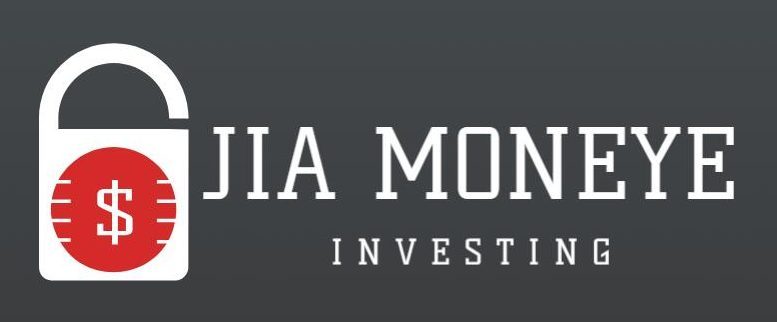What is Homeowners Insurance and Do I Need it ?
Understanding the Top 3 Ways to Protect Your Investment Portfolio
Investing is a strategic way to grow your wealth over time. However, it is not without its risks. Market volatility, economic downturns, and other unforeseen circumstances can significantly impact your investment portfolio. Therefore, it is crucial to understand how to protect your investments. This article will explore three top strategies to safeguard your investment portfolio: diversification, regular portfolio review, and investing in safe assets.
Diversification is a fundamental principle in investment. It involves spreading your investments across various asset classes such as stocks, bonds, real estate, and commodities. The rationale behind diversification is simple: not all investments will perform well at the same time. Some investments may be up while others are down. By diversifying, you reduce the risk of your entire portfolio suffering significant losses if one investment performs poorly. For instance, if you have invested solely in stocks and the stock market crashes, your entire portfolio will be affected. However, if you have also invested in bonds and real estate, these investments may cushion the blow.
Transitioning to the second strategy, regular portfolio review is another essential way to protect your investments. The performance of investments can change over time due to various factors such as market trends, economic conditions, and changes in company performance. Therefore, it is crucial to regularly review your portfolio to assess the performance of your investments. This allows you to identify underperforming investments and make necessary adjustments. For example, if a particular stock in your portfolio is consistently underperforming, you may decide to sell it and invest in a better-performing stock. Regular portfolio review also allows you to rebalance your portfolio to maintain your desired level of risk and return.
Lastly, investing in safe assets is another strategy to protect your investments. Safe assets are investments that are less likely to lose value and can provide steady returns. These include government bonds, blue-chip stocks, and money market funds. While the returns on safe assets may be lower compared to riskier investments, they provide stability to your portfolio, especially during periods of market volatility. For instance, during a market downturn, the value of riskier investments such as stocks may decline significantly. However, the value of safe assets like government bonds is likely to remain stable or even increase as investors seek safer investment options.
In conclusion, protecting your investments is a crucial aspect of investment management. Diversification, regular portfolio review, and investing in safe assets are three top strategies to safeguard your investment portfolio. By implementing these strategies, you can mitigate the risks associated with investing and enhance the potential for steady, long-term growth of your portfolio. Remember, the goal is not to eliminate risk entirely – which is impossible – but to manage it effectively to achieve your investment objectives. As always, it is advisable to seek professional advice when making investment decisions to ensure they align with your financial goals and risk tolerance.
Understanding Homeowners Insurance: What It Is and Why You Need It
Homeowners insurance is a type of property insurance that covers losses and damages to an individual’s house and assets in the home. It also provides liability coverage against accidents in the home or on the property. In essence, homeowners insurance is a contract between a homeowner and an insurance company, where the homeowner pays premiums, and in return, the insurance company agrees to pay for certain types of damage, up to a specified limit.
The policy typically covers interior and exterior damage to your home, loss or damage to your personal belongings, and injury that arises while on the property. Each of these categories typically comes with a deductible, which is the amount you have to pay out-of-pocket before the insurance company will cover the loss. For instance, if a fire destroys a portion of your home, you would file a claim with your insurance company, and they would cover the repair costs minus your deductible.
Homeowners insurance is not a legal requirement in most states. However, if you have a mortgage, your lender will most likely require you to have homeowners insurance. This is to protect the lender’s investment in your property. Even if you own your home outright and are not legally required to have homeowners insurance, it is still a good idea to have it. Without it, you would be financially responsible for any and all repairs to your home and property, which could be quite costly.
The cost of homeowners insurance can vary greatly depending on a variety of factors. These can include the location of your home, the size and age of your home, and the amount of coverage you choose. It’s important to shop around and get quotes from several different insurance companies to ensure you’re getting the best deal.
One common misconception about homeowners insurance is that it covers damage caused by all natural disasters. This is not the case. Most homeowners insurance policies do not cover damage caused by floods or earthquakes. If you live in an area prone to these types of natural disasters, you will need to purchase additional coverage.
Another important aspect of homeowners insurance is liability coverage. This part of your policy covers you in case someone is injured on your property and decides to sue. Liability coverage will pay for your legal defense and any court judgments up to the limit of your policy.
In conclusion, homeowners insurance is a crucial part of protecting your financial future. It covers the cost of repairing or replacing your home and belongings in the event of damage or theft, and it protects you from liability if someone is injured on your property. While it may not be legally required in all cases, the peace of mind it provides is invaluable. It’s important to understand what your policy covers and to make sure you have enough coverage to protect your home and your assets.
